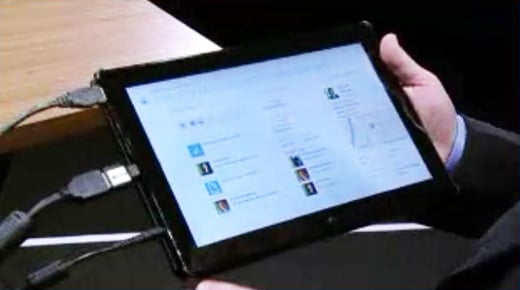Abstract:
Nearly every computing device today is connected together via a network of some kind. These connections open up opportunities or vulnerabilities for exploitation by mafia, criminals, or government espionage via malware. While computers such as MacOSX are immune, along with their mobile devices based upon iOS iPhone and iPads... huge numbers of Linux and Android devices are at risk!
Heartbleed:
This particular vulnerability can be leveraged by many sources in order to capture usernames and passwords, where those account credentials can be later used for nefarious purposes. Nefarious includes: command and control to attack commercial, financial, government, or even launch attacks against entire national electrical grids; stealing money; stealing compute resources. The defect is well documented.
Apple and Android/Linux Vulnerabilities:
There are many operating systems which are vulnerable to this defect, but for this article, we are only really concerned about the mobile market.
While most of the buzz surrounding OpenSSL's Heartbleed vulnerability has focussed on websites and other servers, the SANS Institute reminds us that software running on PCs, tablets and more is just as potentially vulnerable.
Williams said a dodgy server could easily send a message to vulnerable software on phones, laptops, PCs, home routers and other devices, and retrieve up to 64KB of highly sensitive data from the targeted system at a time. It's an attack that would probably yield handy amounts of data if deployed against users of public Wi-Fi hotspots, for example.
While Google said in a blog post on April 9 that all versions of Android are immune to the flaw, it added that the “limited exception” was one version dubbed 4.1.1, which was released in 2012.
Security researchers said that version of Android is still used in millions of smartphones and tablets, including popular models made by Samsung Electronics Co., HTC Corp. and other manufacturers. Google statistics show that 34 percent of Android devices use variations of the 4.1 software.
The company said less than 10 percent of active devices are vulnerable. More than 900 million Android devices have been activated worldwide.
After taking a few days to check its security, the fruity firm joined other companies in publicly announcing how worried or secure its customers should feel.
“Apple takes security very seriously. IOS and OS X never incorporated the vulnerable software and key Web-based services were not affected,” an Apple spokesperson said.
Conclusions:
To give an adequate understanding regarding the number of mobile Android devices at risk, one could take the population of the United States, at roughly 317 Million people as a baseline. 90 million Android Linux based devices vulnerable, that is equivalent to nearly 28% of the population of the United States is at risk! This is no small number of mobile devices - there is a lot of patching that either needs to be done or mobile devices which should be destroyed. Ensure you check your android device!












